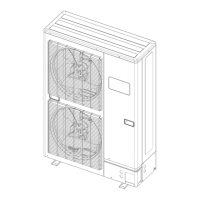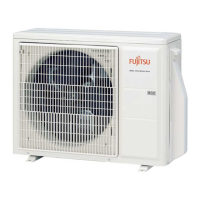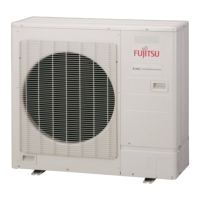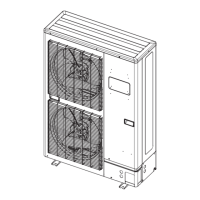17-2. Points to remember when installing
• The product shall be installed at a place which can withstand the weight and vibration of the
indoor.
• To allow maintenance after refrigerant piping, drain piping, and electric wiring connection and
installation, provide an installation service space and an inspection port, as required.
*Installation service space is shown on "Dimensions" on page 21.
• Be careful when installing the unit at the following places.
Condition Contents Countermeasures (Reference)
When the
ceiling is high.
If the indoor unit is installed where the installation height
given in the installation manual is exceeded, the
temperature difference between the floor and ceiling of
the room will be large and the heating effect will be poor.
Moreover, even if the indoor unit is installed within the
installation height, a similar phenomena will occur when
installed in a room in which the doors are opened and
closed frequently and hot air circulation is obstructed by
furniture such as desks or chairs.
1. Switch the setting to the high
ceiling mode.
2. Install a circulator.
3. Arrange the furniture in the
room so that it does not
obstruct the hot air.
When lower
level directly
contacts the
outside air.
When the lower level of the room is a semi-open space
such as warehouse or parking lot the surface
temperature of the flooring will become low and the
radiation of cold from the floor will increase.
In this case, even if the room temperature is suitable,
you may feel the foot level is cold.
When the
airflow
distribution is
poor.
When an indoor unit is installed in a position where the
outlet airflow will directly contact people, a draft may be
felt.
In addition, when there are obstructions in the path of the
intake and outlet airflow, the air distribution may become
extremely bad.
1. Adjust the louver fins or take
other measures matched to the
site.
2. Change the indoor unit outlet.
When inside
the ceiling is
high
temperature
and high
humidity.
When the indoor unit is installed where the inside of the
ceiling is 30 °C (86 °F) RH80% or greater, the dew point
temperature of the outer perimeter may become higher
than the cabinet surface temperature and moisture will
condense on the surface of the cabinet and water drops
may fall inside the room. →Refer to Fig. A.
In addition, the humidity may vary considerably the same
as when the inside of the ceiling is close to hermetically
sealed and used as the outside air intake path.
1. Add heat insulating material to
the outside of the indoor unit
cabinet.
*Regarding the cassette type,
use of optional High humidity
correspondence kit is
recommended.
2. Strengthen the heat insulating
material of the refrigerant
piping and drain piping too.
→Refer to Fig. B.
3. When the humidity inside the
ceiling changes considerably,
install a ventilation port.
Moist air curve
Condition which
requires addition
of outside heat
insulation
Relative humidity 80 %
Dry bulb temperature 30 °C (86 °F)
Fig. A
- 271 -
MULTI TYPE
5, 6 ROOMS TYPE
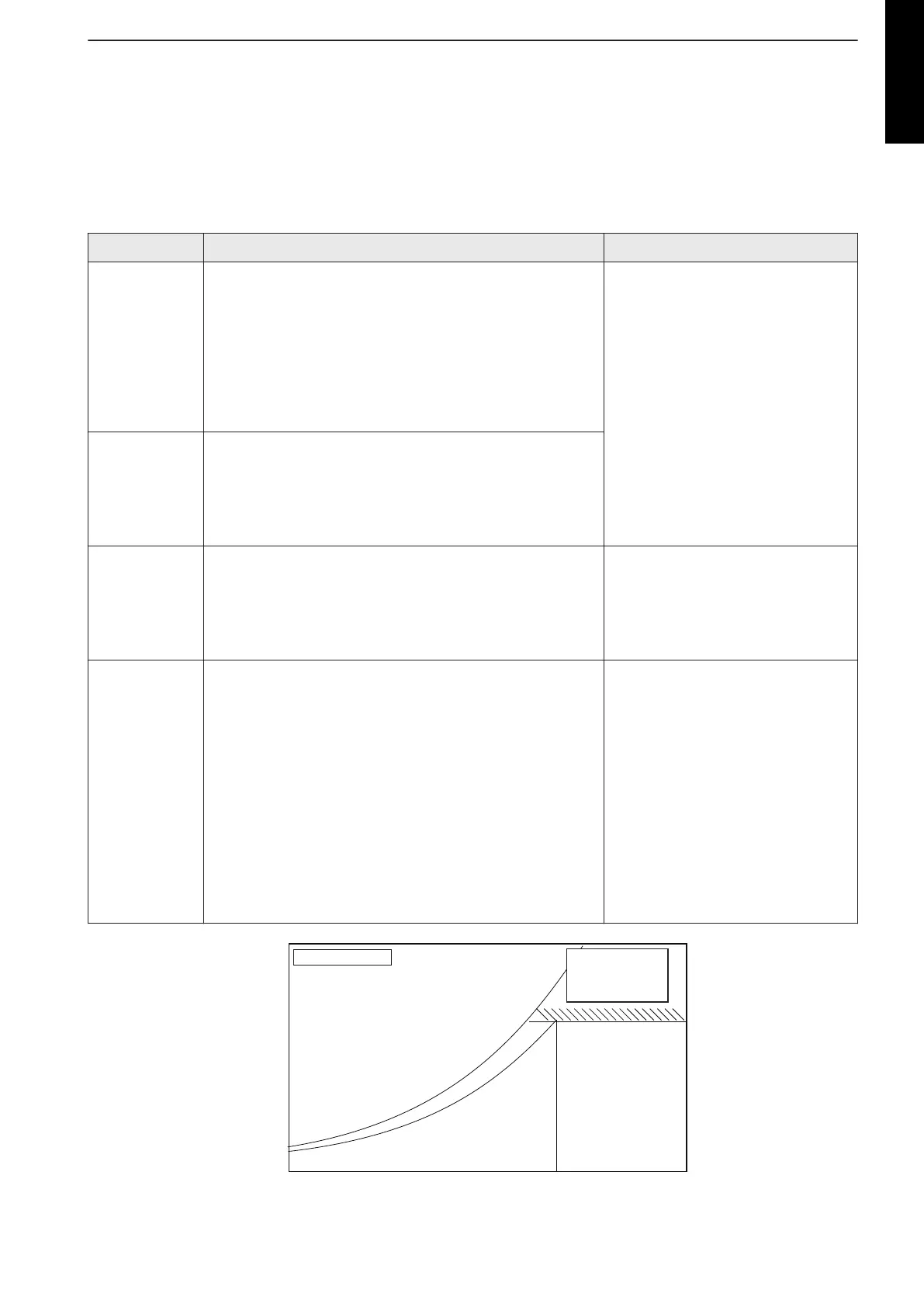